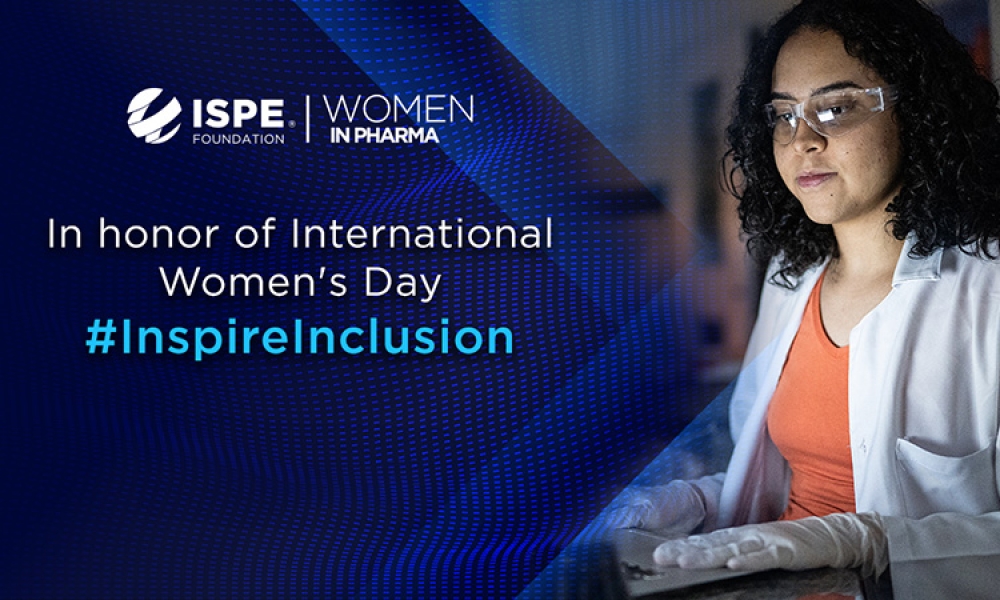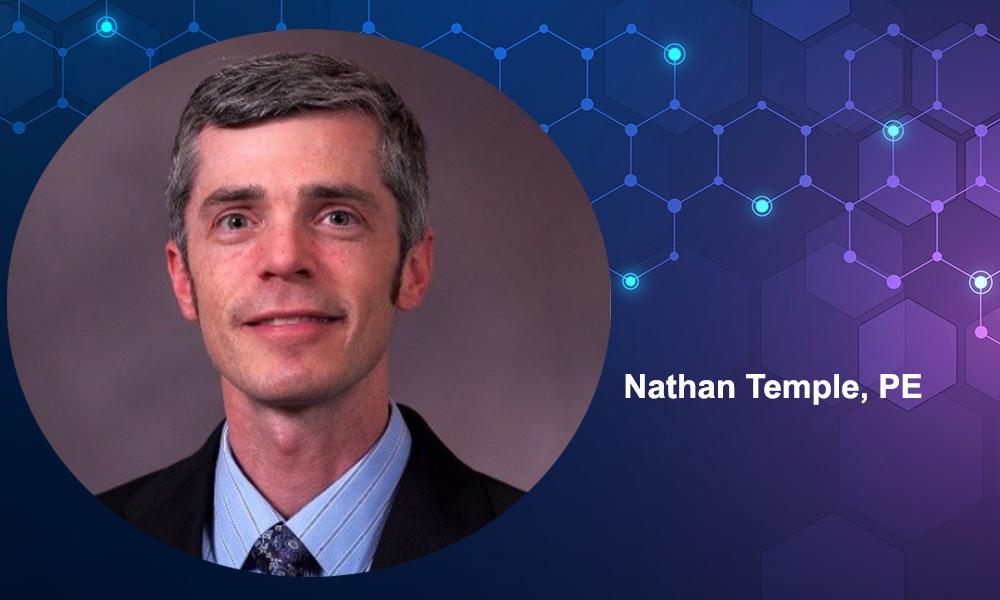The winding paths and changing conditions that hikers face provide a fitting metaphor for Salzmann’s professional journey. The steps on Salzmann’s path have been varied, and this diversity of experience equips her with dynamic perspectives on the constantly evolving landscape of the biopharma industry. Good planning, effective preparation, and reliable mentors have helped her tackle challenging terrain with measured confidence, which she has coupled with an enthusiastic drive to discover what lies around the next switchback.
You cannot expect to be an expert on day one, but you can jump feet first into new challenges and not be afraid to ask questions.
Choosing Engineering
Salzmann’s academic experience has been an evolving journey. “High school teachers encouraged me to apply to an engineering school because I was good in math and science. I didn’t know what engineering entailed, but I applied and happily got accepted. I was eager to start figuring it out at the University of Colorado at Boulder as open option engineering. Initially I had a closed mind on chemical engineering because it sounded really hard.” But Salzmann ended up changing her mind. “I discovered in my freshman engineering chemistry and biology classes that I am fascinated with molecular-level thinking—with how the world is built.” She was a founding member of the ISPE Student Chapter at the University of Colorado during her junior year, and she took a leadership role as Chapter President one year later. “ISPE fostered my networking skills and technical growth. I was fortunate to attend the 2014 ISPE Annual Meeting & Expo, where I met people passionate about pharmaceuticals who enjoyed sharing that with the community.”
Salzmann’s fascination with “how the world is built” is evident in both her enjoyment of the outdoors and her career as a process engineer. The beauty and wonders of landscapes, and the interplay of their inhabitants, inspire her excitement to understand the architecture of natural ecosystems. In a similar way, Salzmann’s job also entails the exploration of complex environments. In a recent project, for example, she worked on establishing a basis of design for a clinical-stage cell therapy biopharmaceutical company. This entailed evaluating, expanding, and relocating operations to a new facility, along with defining the process and developing a manufacturing layout. Design needs included flexible manufacturing capability for clinical and commercial production. The project required a detailed coordination effort—the development, in a sense, of a small ecosystem.
Salzmann credits her internship experiences for significantly influencing her professional growth. “I found great value in two diversified internships. One was in a lab at a small oligonucleotide start-up. It was a great hands-on experience with downstream equipment, including packing chromatography columns and operating the ultrafiltration/diafiltration unit. The other was at a large food production facility, where I worked in quality and collaborated with disciplines across the factory floor. These two experiences helped me define what I wanted to do when I graduated.”




